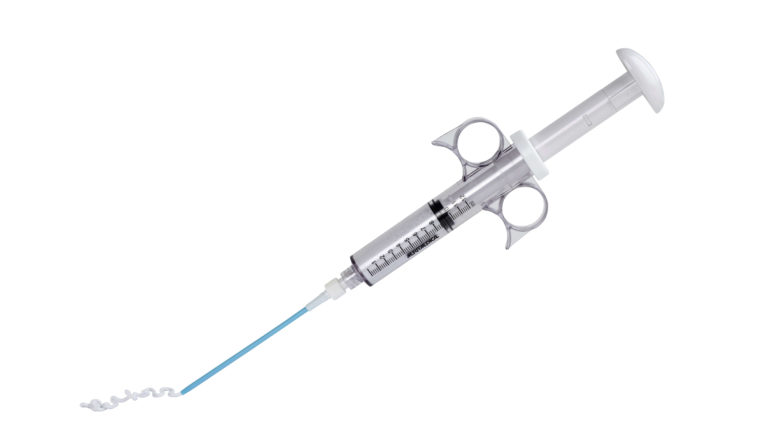Periprosthetic joint infection (PJI)
In this Biocomposites Education series, Dr Herrick Siegel answers some of the common questions surrounding the causes, impact and treatment of periprosthetic joint infections (PJI). You can also watch him answer some of the questions in our video series.




